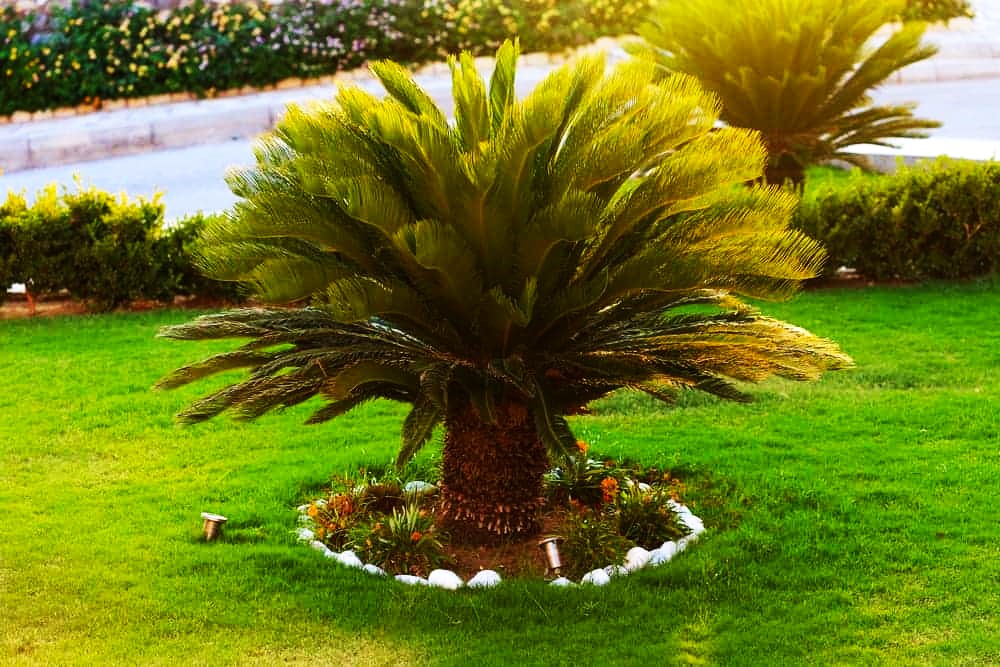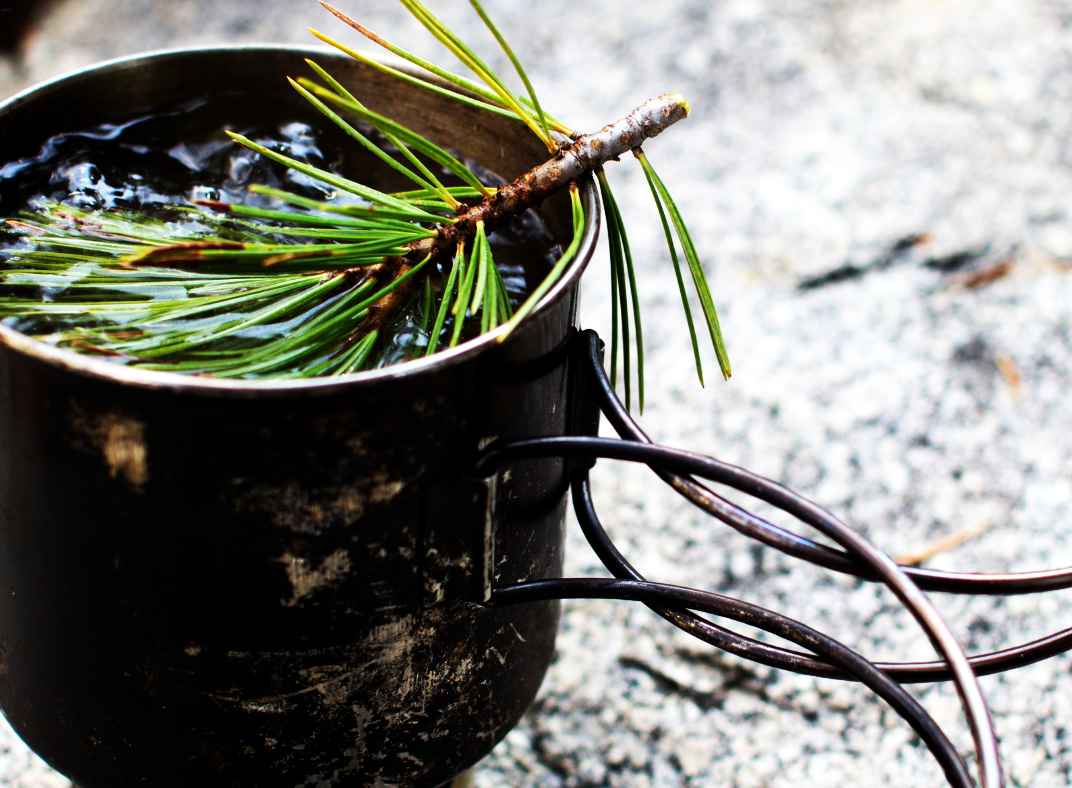Harvesting Tree Bark: How to Harvest Tree Bark

Kids like collecting tree bark to make pretend boats that they can race in the river. Harvesting bark from trees is another activity for adults. Certain tree species have edible bark that can be used medicinally. Continue reading for advice on harvesting tree bark and a list of the numerous applications for tree bark.
Applications for Bark from Trees
You might be asking yourself why collecting tree bark is a good idea. Tree bark has a number of fascinating applications, and pursuing any one of them can lead to the harvesting of tree bark. Culinary applications are one use. Though some barks, like pine, can be eaten, none are very tasty. However, pine bark will keep you alive if you find yourself in a life-or-death situation and have to find a source of food in the wild.
How is pine bark harvested? Make a rectangle-shaped cut in the bark, and then gently remove the tough outer bark. The soft, slick inner bark is edible. After cleaning, roast or fry the inner bark. Tree bark is more often used medicinally than in food preparation. Various tree barks are applied as solutions for various issues. For example, the bark of the black willow (Salix nigra) is useful in reducing inflammation and pain. It is a potent anti-inflammatory as well. Prunus serotina, or wild cherry, is a good cough remedy, particularly for dry, irritable coughs that result from infections. It can be used to tincture or to make a cough syrup. However, the expectorant properties of white pine (Pinus strobus) bark encourage coughing. Cramp bark or blackhaw bark can help ease spasms such as menstrual cramps. Both are regarded as potent cramp medications.
When to Begin Harvesting Tree Bark
Herbal medicine makers are aware that different plant parts need to be harvested at different times. You gather leaves right before the plant flowers, and roots in the spring or fall. Additionally, gathering tree bark is best done in the spring. Between spring and summer, trees regenerate new bark. At this time of year, the bark is developing but has not yet solidified onto the tree. This indicates that beginning to harvest tree bark is not too difficult.
Methods for Gathering Bark from Trees
The golden rule is to never cut down a tree. The removal of a tree alters the entire forest because trees are the hub of the ecosystem that surrounds them. Be careful not to girdle the trunk of the tree when collecting bark; that is, avoid removing a portion of bark that surrounds the entire trunk. Girdling effectively starves the tree to death by preventing sugars and water from reaching the leaves from the ground. Make sure you identify the tree species before you start collecting bark. Next, use a saw to cut off a small branch that is no larger than your arm, just past the branch collar. After cleaning, chop the branch into pieces. Using a knife, trim the branch’s length by slicing away long cambium strips, or the inner bark. Arrange the inner bark in a single layer on a drying rack to allow it to dry. For a few days until it dries, stir it frequently. Alternatively, once you have harvested all the tree bark, you can make tinctures. Disclaimer: This article’s content is solely intended for gardening and educational purposes. Please seek medical advice from a doctor or a medical herbalist before using ANY plant or herb for medicinal purposes.





